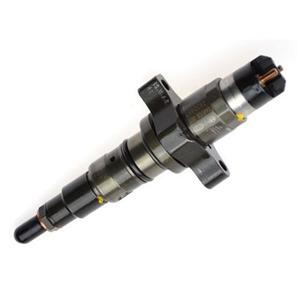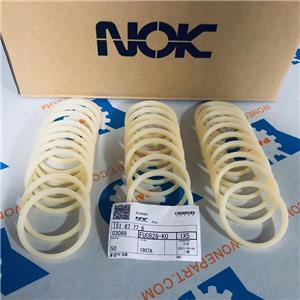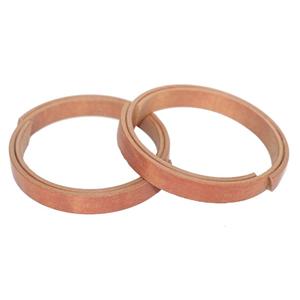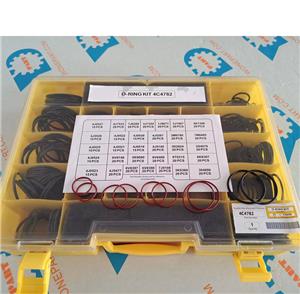Floating seal from wonepart are commonly used in bulldozer and wheel loader construction machines
Floating seal from wonepart are commonly used in bulldozer and wheel loader construction machines
Floating oil seal is a common name of floating seal, which is a kind of mechanical seal in dynamic seal. It has super sealing performance under harsh working environments such as coal powder, sand, water vapor, etc. It is a compact machine Sealed, mainly used in low speed and heavy load occasions. It has the advantages of automatic compensation after wear, end wear, reliable work, simple structure, etc. It is widely used in coal mine machinery. Such as bulldozer walking mechanism, scraper conveyor head (tail) sprocket assembly, roadheader loading mechanism and cantilever section, continuous shearer left and right cutting drum and reducer, etc.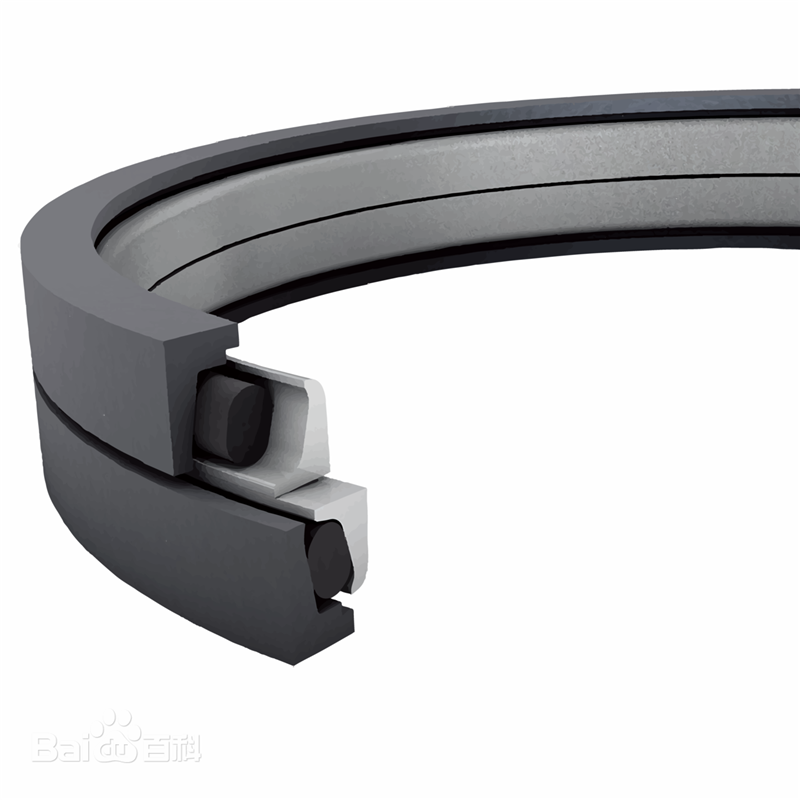
Introduction
The planetary reducer with a floating oil seal on the walking part of the construction machinery performs dynamic sealing on the end face of the component. Due to its high reliability, it is also used as a dynamic seal for the output shaft of the bucket wheel of the dredger. This type of seal is a mechanical seal, which is generally composed of a floating ring of iron alloy material and a supporting O-ring seal of nitrile rubber. Floating rings are used in pairs, one rotates with the rotating parts and one is relatively stationary, which is very different from the oil seal ring.
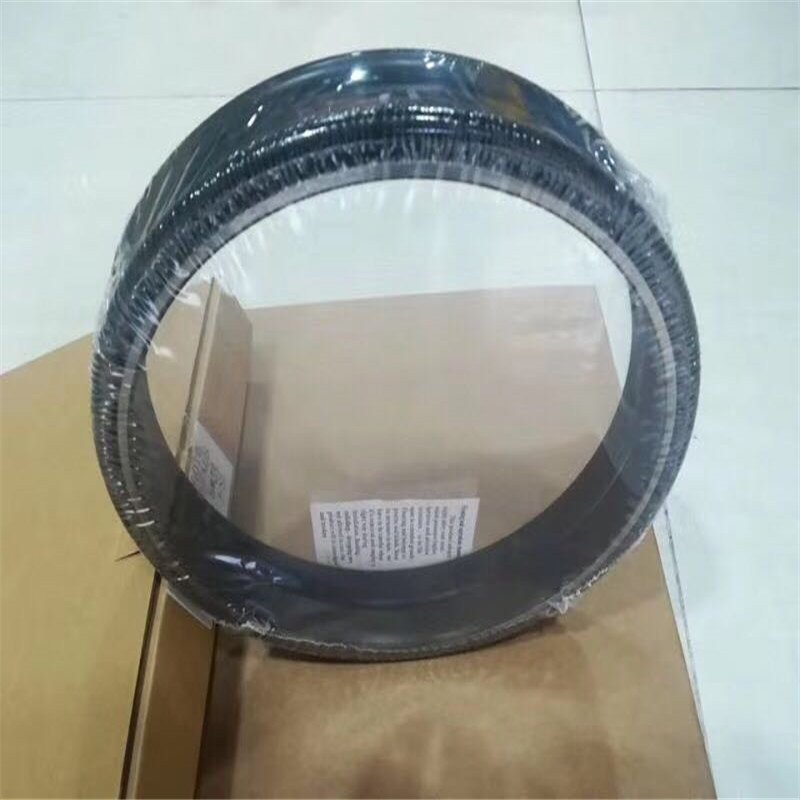
Structural principle
The floating oil seal is composed of two identical metal rings and two rubber rings. Its working principle is that a pair of rubber rings form a closed space with the cavity under the support of the metal ring (but not in contact with the shaft). When rotating, the metal ring The two polished surfaces closely cooperate and slide relatively, on the one hand to ensure good operation, on the other hand to effectively seal the outside dust, water, sludge, etc., to protect the internal grease from leaking.
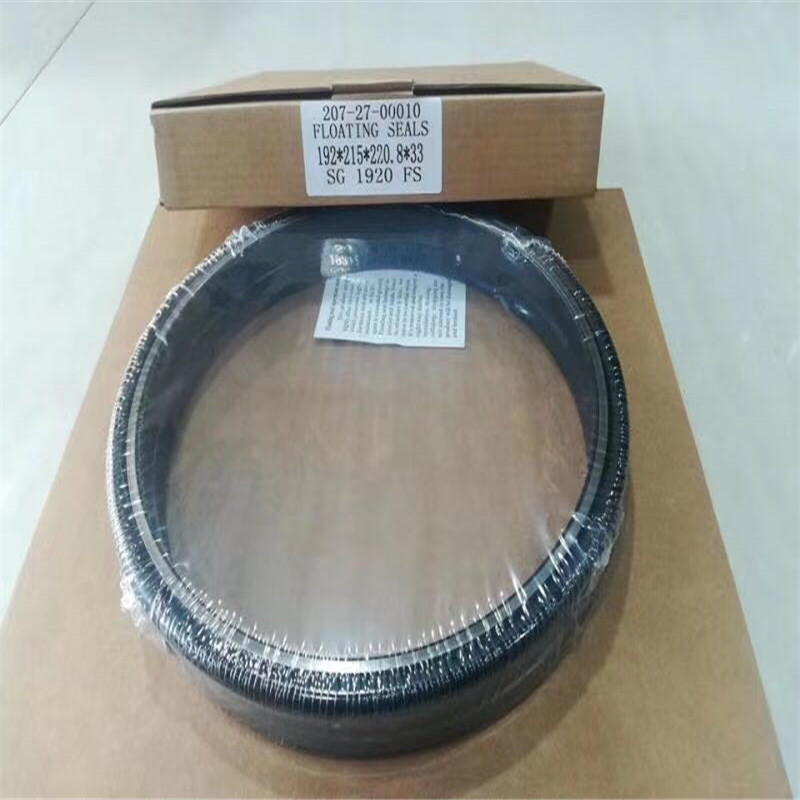
Sealing principle
The sealing principle of the floating oil seal is that the two floating rings are deformed after being compressed axially by the O-shaped sealing ring, which generates a pressing force on the sealing end surface of the floating ring. With the uniform wear of the seal end face, this elastic energy stored by the O-ring seal is gradually released, thereby playing an axial compensation role. The sealing surface can maintain a good fit within the set time, and the general sealing life is more than 4000h.
Application range
Floating oil seal is a special type of mechanical seal. It is a compact mechanical seal developed to adapt to the harsh working environment. It has strong anti-pollution ability, wear resistance, impact resistance, reliable operation, and automatic end face wear. The advantages of compensation and simple structure are the most common in construction machinery products, and are also widely used in various conveyors, sand processing equipment, and concrete equipment. In coal mine machinery, it is mainly used for the chain wheel of the scraper conveyor, the speed reducer, the transmission mechanism of the shearer, the rocker arm, the roller and so on. Such seal products are more common and mature in the application of construction machinery and equipment, but in other industries due to the small amount of use, lack of basic theoretical data and use experience, the failure phenomenon is more common during use, and it is difficult to achieve the expected results.
Nature
There is a certain gap between the floating ring and the rotating shaft, and it can float freely, but it cannot rotate with the rotating shaft. It can only float by radial slip and maintain a certain eccentricity from the center of the shaft under the action of gravity. When the rotating shaft rotates, the sealing liquid (usually oil) is input from the outside to form an oil film at the gap between the rotating shaft and the floating ring. Due to the action of the oil wedge power generated when the shaft rotates, a certain oil film pressure is maintained in the oil film, so that the floating ring can automatically maintain "centering" with the center of the shaft, thereby greatly reducing the amount of clearance and effectively realizing the fluid medium. Leaky seal. Its advantages are stable and reliable sealing performance, long service life; a wide range of sealing working parameters (operating pressure up to 30 MPa, working temperature is -100 ~ 200 ℃); especially suitable for sealing gas media in centrifugal compressors It can also achieve no leakage to the atmospheric environment, suitable for sealing of flammable, explosive, toxic and precious gas media. The disadvantage is that the processing requirements of the floating ring are high, and a special sealing oil system is required; there are many internal leaks, but they are still internally circulating in nature, which is qualitatively different from the mechanical seal leakage. Widely used in dynamic sealing of centrifugal compressors.
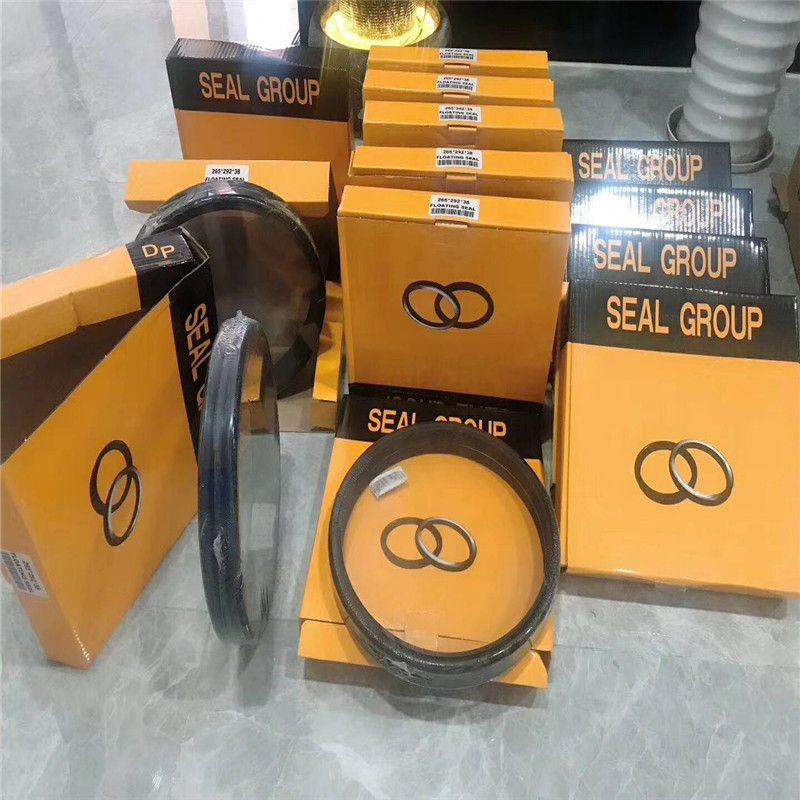
Precautions
(1) Before installing the floating oil seal, check whether the surface of the journal is too rough and whether there are any scratches, especially if there are long scratches along the axial direction. If the surface of the journal is too rough, it is easy to damage the oil seal or accelerate the wear of the lip 1:3 and destroy its sealing performance. If the surface of the journal is severely blunt due to improper disassembly, it will make the lip of the oil seal and the surface of the journal not fit tightly, resulting in oil leakage. In the above two cases, the welded part can be re-welded to the lathe turning circle according to the specified journal size after surfacing welding, or a new shaft can be replaced. If the journal has only metal burrs or shaft burrs, etc., it can be smoothed with a file to prevent damage to the lips of the oil seal when installing the oil seal.
(2) Check the lip of the floating oil seal for breaks, cracks, or oily corrosion. If these undesirable phenomena occur, a new oil seal should be replaced.
(3) When installing a skeleton oil seal with a floating oil seal, in order to prevent the oil seal lip from being stretched or damaged by scratching, a special installation tool must be used. If you don't have this tool, you can use the following method to install: first roll a layer of transparent hard plastic film (commonly known as cellophane) on the journal and even the shaft head, smear a little engine oil on the surface, and wrap the oil seal into the wrapped plastic The shaft end of the membrane, evenly push the oil seal to the journal, and then pull out the plastic membrane. Note: The direction of the lip should not be installed in the wrong direction. It should face the inside of the stored oil, and the side with the trademark and specifications should face the outside. Because the lip 1:3 can only be sealed in one direction, if the oil seal is reversed, it will inevitably cause oil leakage, and the sealing effect will weaken or fail. To avoid the oil seal crooked or hammering on the surface of the oil seal with a hammer or other tools, otherwise it is easy to cause damage to the oil seal.
(4) During the installation of the floating oil seal, keep the oil seal (especially the lip area) and the shaft neck clean, and be careful not to allow the oil seal self-tightening spring to jump out of the spring groove. If the self-tightening spring is slack and the elastic force is weakened, it can be cut off according to the situation, and the two ends can be firmly connected to continue to use.
If you have floating seal enquiry or orders, pls feel free to send detail size and quantity by email info@wonepart.com us or whatsapp:+86-15860751932, we will offer you best price accordingly.
After Corona Virus, we wonepart have a series of measures to support your business in different ways, if you have any questions, pls feel free to visit us.
Find the part that you want from www.wonepart.com.

